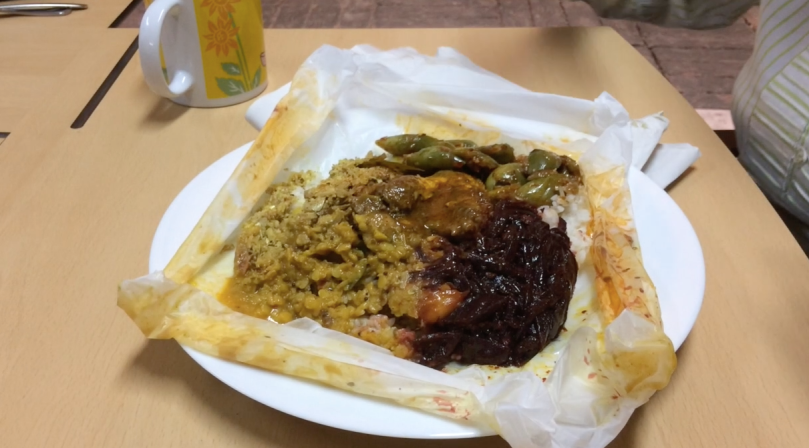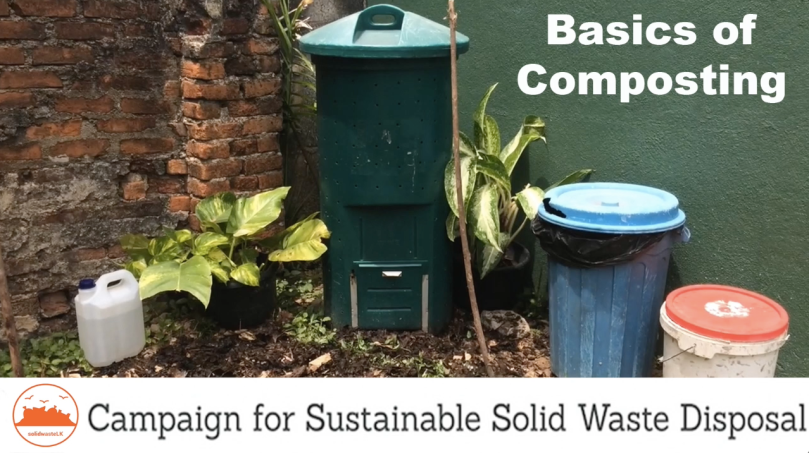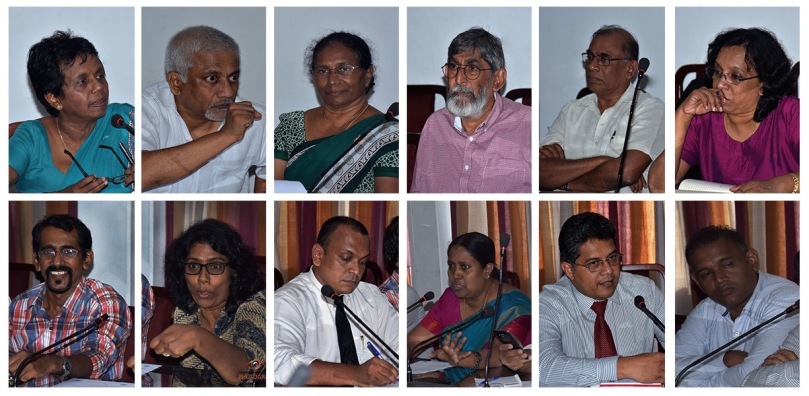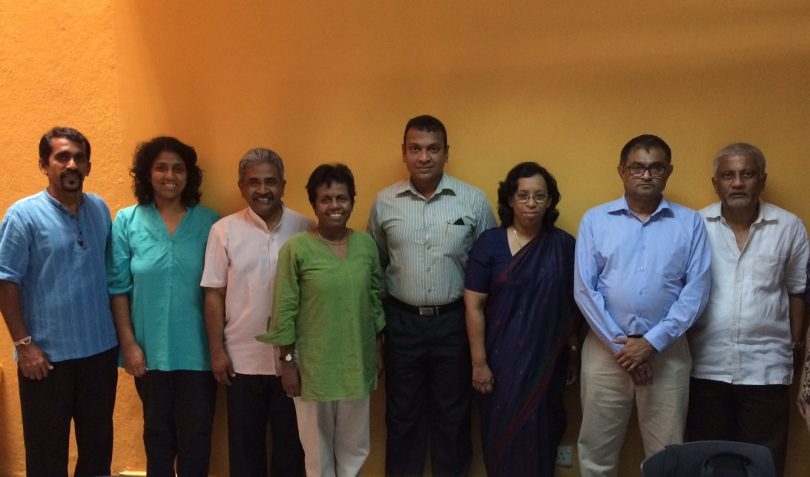There are so many ways to describe waste.
- Biodegradable v. Non-biodegradable
- Organic v. Non-organic
- Recyclable v. non-recyclable and so on.
However, ask an average person and they are likely to say they separate waste as “kunu” v. plastic polythene.” They are absolutely right. These words capture the essence of waste generated in the household – (1) Stuff that goes bad and (2) Stuff like plastics and polythene that don’t. So authorities should wise up and learn from the street. They should ask people to separate their waste simply as perishables and non-perishables.
An exact definition is also possible with perishable/non-perishable terminology because there are tell-tale signs of the perishing of waste. Simply put, if any waste is likely to start smelling or leaching out liquids, then it is perishable. From experience we know that food waste in the kitchen is perishable. We also know that grass clippings and leaves from the garden also are perishable, although they take a while to start smelling or leaching out liquids.
In contrast, plastics, polythene, paper, glass or metal or non-organic waste and all your discards such as will not smell or leach out liquids if they are free of perishables.
So your waste separation instructions are very clear. If anything is going make a stink or leach out liquids put it in the green bucket. Clean other waste as much as possible to make them free of perishables and put them in some bag.
What does one do diapers, sanitary pads and other items contaminated with urine, feces, blood or other bodily fluids? Also how about other difficult to clean items like the lunch sheets and gravy bags from food take-outs?
This is where dividing Non-perishables as clean or contaminated is useful. However CMC has decided to separate non-perishables as Recyclables and Non-Recyclables so we use the same.
Following is a way to separate your waste with examples for each.
PERISHABLES (Vegetable, Fruit, meat or fish waste, any kind of cooked food, Grated Coconut waste, Tea leaves, Egg shells, Thambili husks (chopped)and leaves and flowers from the garden).
NON-PERISHABLES: Every thing else, but it helps if you separate your non-perishables as “CLEAN RECYCLABLES” and “OTHERS”.
Clean recyclables include clean Polythene, Plastics good, Plastic containers such as yogurt cups, Paper, Cardboard, Glass, Metal, Coconut shells, Tins and cans and other metals and Discarded kitchen equipment/utensils
Things which can’t be recycled include milk or Milo packet, Sachet packets, Sanitary pads and diapers, Hair, used cloths and shoes, Shaving razors with the blades still attached, Medicines, Rubber, and broken Pots Plates and Cups.
















